Peter Isackson: Welcome to FO° Talks. I’m Peter Isackson, Fair Observer’s Chief Strategy Officer. November 22, 1963 — I know where I was. In the meantime, the mainstream media, despite all its efforts, haven’t managed to silence the plethora of questions raised by that event. Today, we delve into the newest pieces of the puzzle with Jefferson Morley, journalist and author, who earlier this month gave his testimony before the House Oversight Committee’s new Task Force on the Declassification of Federal Secrets. Formerly a journalist at The Washington Post, Mr. Morley, editor of the blog JFK Facts — a great resource — is the author of several books on the CIA and the assassination, notably The Ghost: The Secret Life of CIA Spymaster James Jesus Angleton, who we’ll be hearing more about. So Jefferson, thanks for being here to bring us up to date as things continue to evolve.
Jefferson Morley: Thanks for having me, Peter. There’s a lot to talk about.
Peter Isackson: Yeah. So let’s get started with just a couple of things. You’ve had the documents for a month now. Where are you with the analysis of those documents, the ones that were released by the Trump administration on the 18th of March, I think? And second, I’d like to know more about what you know about how the task force itself is working and how things are likely to play out with them.
Jefferson Morley: Yeah. So, since March 18th, I’ve delved a little bit into these records. But to do the kind of reporting you do that needs to be done is very painstaking. So, thousands of records that once had redactions came into the public record. Once they’re in the public record, it’s impossible to tell what was redacted. So what we have to do is go back and look at the redacted versions — not just from 2022, but going back to 2017, really — because things were withheld for 30 years, 25 years, and only released five or seven years ago, and they haven’t really registered in the public mind because they haven’t been reported. So what we’re going to do is we go back, look at the documents that were redacted, understand the passages that were redacted, get the new versions and understand bit by bit what became public. And we don’t do that for one document. What people are doing now is they’re going in and they find an interesting document, they hold it up and they say, “Look, this proves my theory.” And they hang it on the clothesline of their theory. That’s not my approach. What I do is I go through and I look at every document on a given topic. And now we have the ability now that we’ve made these documents searchable, which just happened in the past week. We’ll go in and we’ll look at, “Okay, how many documents with the name Oswald were redacted as of December 2022?” Now, that’s when we know it: 103 documents that had Oswald in the metadata had redactions in the document. So we’re going to go through 103 documents — what was redacted, what was released and what does that tell us about Oswald? And then you do the same thing for each topic. So you do the same thing for the Fair Play for Cuba Committee, which Oswald belonged to. You do the same thing for the CIA. You do the same thing for leading personalities in the CIA: Richard Helms, Bill Harvey, David Phillips. These are men who knew about Oswald before the assassination, lied about it, so are the subject of interest. So that’s the process that we’re in right now. And, you know, we’re not very far along. It’s difficult to do, people don’t like to do it, they don’t know how to do it. I have to teach people how to do it. But the good thing is, there’s a ton of important and interesting material. This is the stuff that the CIA has been hanging on to for 50 or 60 years, right? And let’s be common sensical: The last thing that they release is, by definition, the thing that they are most reluctant to make public. So we’re just finding out now, not about the obvious stuff, but about what they were most reluctant to make public — and which, to be sure, they fully intended to keep private if Trump’s order hadn’t come along. So there’s a lot there, and we’re just beginning to unpack it.
The CIA, the archives and the law
Peter Isackson: Now, are these all CIA documents, or the FBI, or something else?
Jefferson Morley: A lot of different federal agencies: Army Communications Agency, a bunch of NSA records. CIA is most of them, I would say probably 75 to 80% of them. But there’s a significant portion of the FBI and other agencies.
Peter Isackson: And did they already exist in the National Archives but were hidden, or were they just released to the National Archives?
Jefferson Morley: These were documents that were made available to the National Archives via the JFK Records Act process. The JFK Records Act process was a process that was created by the 1992 JFK Records Act. That law passed in response to Oliver Stone’s movie, created an independent civilian review board with the power to declassify all assassination-related records in the government’s possession. What the law gave the agencies the right to do was withhold material for a certain period of time if they could justify it to the JFK Review Board. So starting in 1994, for the first time — 30+ years after the event — we actually began to get the historical record of the assassination. And a lot of that was released between ’94 and ’98. A lot of stuff was postponed from 1998 to 2017. In 2017, everything was supposed to be made public, according to the law — not according to the CIA. There was a provision which said the CIA could ask for continuation beyond the 25 years. What the law said was that after 25 years, all records should be made public, except in the rarest of cases. I talked to Judge John Tunheim, the head of that review board — he’s a federal judge in Minnesota — and he said, “At the end of 25 years, we expected there might be 100 records that would still remain secret. The CIA said, ‘No, there’s 16,000 records that we want to keep redactions in.’” And Trump caved and gave them that in 2017. And then when the question came to Biden in 2021 and 2022, he gave them continued secrecy while releasing some records.
Peter Isackson: I remember Biden, when he was supposed to release at the date that was planned for him to release, he said for security reasons it couldn’t happen, but that a year later it would take place. And then nothing happened a year later. Is that right?
Jefferson Morley: No. What he said in 2021 was, “Well, we had the pandemic.”
Peter Isackson: Oh, that’s right. Yeah.
Jefferson Morley: “And so you get another year.” Okay, so they’re 29 years past the deadline. And he said, “Well, yeah, you get another year because you really haven’t had enough time to comply with the law.” When The Washington Post called me up, I said, “This is the COVID dog-ate-my-homework excuse.” It was pathetic. And a year later, Biden did release some records — but basically gave the CIA everything they wanted and wrote an executive order in June 2023, washing his hands of the whole matter, effectively eviscerating the JFK Records Act and handing final disposition of the records back to the CIA and the NSA. Now, Trump came along, ran on releasing all the records — a popular issue — and he issued an order to do just that. So Biden’s order is defunct now, and the agencies are obliged to produce everything. So on March 18, we started to get those documents that had been sent to the National Archives and withheld under the JFK Records Act. There are still some redactions in these documents. But by and large, it seems that they have been fully declassified. So there’s a ton of material there — 77,000 pages of new material — and it’s definitely, a lot of it is significant. And we can talk about the significant things we’ve found so far, but there’s more to come, for sure.
The Warren Commission and the cover-up
Peter Isackson: So it’s significant. It’s not a smoking gun — everyone will say that, apparently — but it seems to me that the mountain of evidence that already existed proves a simple point, which I think is what you insist on, and that is that we have to forget about the Warren Commission and what it said, in a sense.
Jefferson Morley: Yeah. You know the official story. It’s not true. It’s not true that the President’s motorcade went by this building and a guy unknown to the US government fired three shots at it. That’s not what the medical evidence says, that’s not what the forensic evidence says, that’s not what the eyewitness evidence says. And so people continue to say, “Well, you don’t have a smoking gun.” I wasn’t looking for a smoking gun, okay?
Peter Isackson: I called your method the Sherlock Holmes method: Eliminate the impossible and whatever remains, however improbable, must be the truth. And I would say that the Warren Commission’s was: Eliminate the inconvenient, and whatever remains will be the actual story.
Jefferson Morley: Yeah. Don’t forget the Warren Commission story, as it’s been handed down to us, did not originate with the Warren Commission. It originated with Lyndon Johnson and J. Edgar Hoover, who decided the day Lee Harvey Oswald was killed that the entire crime would be blamed on him. And Hoover and Johnson were quite explicit about their intention to make sure that the public was convinced that this one guy did it and nobody else was involved. Okay? The assassination of the President hadn’t even begun. The President hadn’t been buried. And these guys had settled on the solution that the Warren Commission rubber-stamped, and some people who just don’t want to pay attention to the new evidence continue to repeat it.
Peter Isackson: I recently listened to that conversation, which was recorded between Johnson and Hoover. And the one thing that really surprised me — because I knew and I’ve always thought that the presence of Allen Dulles was the key to understanding why nothing that the Warren Commission could say would likely be true — but what really surprised me is that Johnson began the conversation and he says, “Well, we need to start thinking about who we’re going to nominate to this commission.” And I was thinking, “Allen Dulles” — the first name, the first name! It’s not as if it’s an afterthought — “Yeah, we need somebody who knows the CIA.” The first name he put on it. So Warren was the titular head, but if Johnson wanted to put Dulles on it, doesn’t that give the game away?
Jefferson Morley: Yeah, it does. It’s obvious. People didn’t comment on it at the time because people were so shocked. But yeah, a blatant conflict of interest. And then if you look at what Dulles did — he worked very, very hard to exclude any contradictory evidence. And there was plenty of it. He opened up the first session of the Warren Commission and said, “By the way, every political assassination in America has been committed by a lone nut.” And somebody raised their hand and said, “Excuse me, Mr. Dulles — what about Lincoln?” Right? A conspiracy to decapitate the Union — kill Lincoln and two cabinet officers — that was a lone nut? So Dulles had his mind made up from the start. And then when Richard Helms and John McCone—
Peter Isackson: And he had a motive.
Jefferson Morley: Yeah. And when he handles the questioning of John McCone, his successor, and Richard Helms, his great good friend — his leading questioning lets them say on the record a key part of the CIA’s cover-up, which was, “We just didn’t know anything about the guy.” And McCone says, “We had very little information in our files.” And Helms says, “It was probably minimal.” Okay, that was a maximal lie. James Angleton had a 194-page dossier on Lee Harvey Oswald the week Kennedy left for Texas. Okay? So Helms and Dulles were in on the cover-up from the get-go, and Helms lied under oath. One of the key things I pointed out in the new testimony was, we know that Helms had lied. We know that George Joannides, the chief of covert action in Miami, lied to JFK investigators. And then, when we got the documents on March 18, we got the testimony of Angleton to the House Select Committee on Assassinations, and one of the declassified passages showed that he lied about what he knew about Oswald before the assassination. So that’s a pattern of malfeasance. And this is what I said to the Luna Subcommittee: “You can interpret that however you want, but to me, that is not incompetence — that’s malfeasance. Three people lying in a homicide investigation — that’s a pattern of malfeasance. That’s incriminating. It’s not exculpatory.” So it adds to the state of the indictment of the CIA. And sure enough, you say this and the defenders of the Warren Commission reflexively defend the CIA and say, “Well, they were just lying because they were embarrassed.” Okay, is there any evidence of that? Is there any evidence? Did anybody ever say Dick Helms lied because he was embarrassed? That James Angleton lied because he was embarrassed? No, there’s zero evidence. It’s another one of those JFK theories for which there’s no factual support. I think that’s one of the important things we learned from this new—
Peter Isackson: Okay, so I have a question for you. You were a journalist. You’re no longer working as an establishment journalist, but you were at one time with The Washington Post, right?
Jefferson Morley: Yes.
Peter Isackson: So how do you explain that the editorial policies of major media can continue today to underreport the facts that you uncover and the facts that a lot of other people have uncovered, and continue to say, “Well, yeah, we don’t know, so we’ve got to trust the Warren Commission?” How do you explain that in terms of reasoning?
Jefferson Morley: I think there’s two things. One, people — institutions — are committed, right? The Washington Post attacked Oliver Stone before he even made his movie. They were attacking his idea, right? He hadn’t even put his idea on celluloid, and he was already savagely attacked by The Washington Post. And on March 18, the speed-reading editors of The Washington Post said, “77,000 pages of material came out, and none of it says anything to contradict the official story.” Huh? You read 77,000 pages in one day? That’s very impressive. But see, they don’t need to read it, because they know the truth — or they think they know the truth. Because one thing is the institutional thing. They can’t back off of it. If they start to show an open mind, then the whole institution looks bad. And same with The New York Times, same with CBS. So they’re locked into that. And then the second part of it is, it’s a scary story, right? The fact that the president was killed by his enemies and they got away with it? That’s a very profound story. And it’s not one that people want to look at. It’s very destabilizing to one’s worldview. And if you’re in a comfortable position in Washington and in Washington journalism, you don’t want to say something like that. You’re going to be branded a conspiracy theorist. What’s interesting now, though, is we had this hearing, and the Warren Commission people — they were very upset that they weren’t invited. But they have nothing new to add. That’s why Representative Luna didn’t add them. They have nothing to say. J. Edgar Hoover and LBJ got it right on November 24, 1963, and there’s really no need to revisit it. Well, okay, there’s nothing new in that proposition. Why would anybody be interested in it? Nobody is interested in it. People are interested in what was really going on.
Politics, press and patterns of malfeasance
Peter Isackson: So Representative Luna seemed pretty receptive to everything you and Oliver Stone presented. Do you see any serious follow-up? And is there?
Jefferson Morley: Yes. I’ve been very impressed with Representative Luna. We come from very different places politically, but on this issue, she’s very action-oriented. She has pressed the CIA repeatedly for documents and continues to do so, because they still have not disclosed fully. So I think she’s knowledgeable about the case, and she’s showing real leadership and acting strongly. We’re talking with her staff now, me and some friends, about a second JFK hearing and what that might entail. And so we’re hoping that happens soon. But we don’t have a date or exact format for that yet.
Peter Isackson: And is RFK Jr. at all involved in this?
Jefferson Morley: Not really. He put his voice behind it during the campaign and when he endorsed Trump the other day, when he was in a meeting, and I think Tulsi Gabbard was saying something about how she had assigned a lot of people at the ODNI to look into JFK, RFK and MLK. Trump pointed down the table and said, “What do you think, Bobby?” And he said, “Get it all out there,” or something. So he didn’t jump in — he just said, “Good idea.” I think he’s got other things to worry about.
Peter Isackson: So I thought we might be talking a lot about Angleton, whom you’re an expert in. I do have one question about Angleton, though, because I can refer people to all your other interviews where you’ve gone into great depth on this. We can talk about it, but the one question I wanted to ask you is: Oliver Stone came up with that anecdote about Angleton reckoning it was probably to help him. Were you aware of that?
Jefferson Morley: Yeah, yeah, Joe Trento. That was in a book that Trento published about the US intelligence community. And Trento spent a lot of time with Angleton. So I think that it’s a true quote. And yeah, it reflects the... you know, he said, “We were amoral people, we would do anything.” And he was sort of fessing up to that at the end of his life, kind of like, “Yeah, we were dirty tricksters, and we pulled off dirty tricks on the most massive scale you can possibly imagine.”
Peter Isackson: We got Mike Pompeo to say, “We lied, we cheated, we stole.”
Jefferson Morley: Yeah.
Peter Isackson: Yeah, that’s in character.
Jefferson Morley: And what you see in the defenders of the Warren Commission is a plea of innocence: “No, we’re not really like that. We’re well-meaning men who just made a few mistakes about this lunatic who up and shot the president. It’s no big deal that they were surveilling him. We’re really sorry, Mrs. Kennedy, that we didn’t understand the threat. But please excuse us.” It’s so lame, and it’s so anti-journalistic. There’s no effort to take on the new evidence. When you present new evidence, what they do is impugn the witness or the person who presents it. “Well, don’t believe Morley — he’s a conspiracy theorist.” The only problem with that is, I don’t have a conspiracy theory. So then they try to make one up and pin it on me, which I decline to do, because I don’t have a conspiracy theory. That’s not how I understand the case. And so they impugn the witness and they exclude the evidence. It’s signs of obvious bias. And so it’s just not credible anymore.
Suspects and leads
Peter Isackson: Yeah, okay. I’m going to push you towards a conspiracy theory, but staying with the facts.
Jefferson Morley: Okay.
Peter Isackson: You are very interested in William K. Harvey, right?
Jefferson Morley: Yeah.
Peter Isackson: You’ve spoken a lot about Harvey.
Jefferson Morley: Yeah.
Peter Isackson: And you think he’s a key player, right?
Jefferson Morley: Well, he was the agency’s leading specialist in assassination, and he hated the Kennedys, and he associated with Johnny Roselli and other mobsters who were killers. So he’s a plausible suspect. That’s what I would say — he’s a plausible suspect.
Peter Isackson: Well, yeah. If I was writing the story as a fiction writer, that would be a godsend to have his story. And I know you’ve officially requested the travel records of Harvey.
Jefferson Morley: Yeah. So that’s an example of records that the CIA has not turned over yet.
Peter Isackson: So you said he was in communication with Roselli?
Jefferson Morley: He wasn’t in communication with Roselli. He was best friends with Roselli. And that’s not something I said — that’s something his wife said. Clara Grace Harvey never gave an interview. The only interview she ever gave is on JFK Facts. And in there, she says, “Oh, I loved Johnny Roselli. He was a great guy. He was a patriot. My husband loved him.” So that’s who he was, yeah.
Peter Isackson: Yeah, so my question is: If it’s just open knowledge that a high official of the CIA, who even had responsibility for assassinations, which is quite a responsibility — if he was known to be working with or associating with the Mafia, doesn’t that tell us a lot about the whole set of relations that must have existed?
Jefferson Morley: Absolutely, absolutely. And those relations continued after RFK in 1962, when RFK first learned that the CIA was working with Roselli and Sam Giancana. He said, “Next time you work with those guys, just tell me, okay?” They didn’t do that. Harvey was meeting with Roselli in the summer of 1963 after he had been fired at the behest of the Kennedys.
Peter Isackson: Yeah, that’s something I found in the archives. When did he go to Rome? When was he sent to Rome?
Jefferson Morley: He was pulled off the Cuba Task Force after he cursed out Bobby Kennedy during the Cuban Missile Crisis. He didn’t actually go to Rome for many months.
Peter Isackson: Oh, right, okay. So you said — and I think in the archives it says — he had lunch with Roselli in June of ’63?
Jefferson Morley: Yeah. The FBI surveillance were watching Roselli at National Airport. And he gets out of a plane and he walks up to a car — and son of a bitch, Bill Harvey’s driving the car. And they all know Harvey because he was in the FBI. And they say, “Oh my God.” And now he’s a top CIA guy. And they call up their boss. They say, “Oh my God, why is Roselli talking with the top guy in the CIA?” And that guy calls Angleton at home and says, “What’s your guy doing with Roselli?” And Angleton calls the restaurant where Harvey and Roselli are, and he gets Harvey on the phone. He says, “What are you doing?” He says, “I’m having dinner with Roselli.” Angleton says, “That’s fine.” He hangs up. He calls back the FBI guy and says, “Leave him alone.” That was it, he totally blessed the thing. None of that is made up; we have the whole transcript. Hank said it himself. He was rather proud of the story, and he told it to Senate investigators in 1976.
Peter Isackson: So all this, the public doesn’t know about these things, even though they’re verified fact?
Jefferson Morley: They’re on the public record. And the public does know about them. It’s the elite media reporters who don’t really want to think about it. And so they say, “Well that’s not smoking gun proof of a conspiracy,” which is a way of saying: Don’t talk to me about the new evidence.
Peter Isackson: So if we take the case of Roselli. I’ll just ask you the question. James Files, who claims to have confessed to being the shooter on the Grassy Knoll, worked for Roselli. He was an accountant for Roselli, so he knew Roselli. Is his story at all credible?
Jefferson Morley: I haven’t looked at his story in a long time, and it’s probably worth revisiting. The first time I did it, I didn’t think it was credible. And I felt like sometimes he was talking like somebody who had read the JFK literature as opposed to having lived it. So there’s nothing to corroborate Files’s account.
Peter Isackson: No, I know. That’s what I appreciate about your methods, which is: Let’s stick to the facts. But it’s always interesting to notice that there are other accounts that somehow seem to correlate after you learn something else. And so your thing about patterns of facts — that is what we’re looking for, right?
Jefferson Morley: Yeah. So, I’ll tell you — here’s another story that just came out of them. Another person who has been plausibly described as a gunman in Dealey Plaza was a man named Herminio Diaz Garcia. And he was an assassin. He was a bodyguard for Batista. He was known to have committed an assassination in Colombia in 1948. A marksman, and passionately dedicated to killing Fidel Castro. And in fact, in 1966, on a raid into Cuba where he said he was going to go assassinate Castro, he was killed. And in the firefight that ensued, his leader of his commando group was blinded by a hand grenade and captured. He wasn’t killed. In the hospital, that man was questioned by Cuban intelligence, Tony Cuesta. And Cuesta said he believed that his dead friend, Herminio Diaz, had been in Dealey Plaza. And he said he didn’t have independent proof of that, but he had come to believe that, knowing Diaz. Well, another guy who was in the hospital at that time — not on any kind of political crime and not connected with anti-Castro activity, a guy who was in jail for embezzlement — had been childhood friends with Herminio Diaz. And he wound up taking care of Tony Cuesta in the hospital, this blinded man. And so they talked about it, and he talked about his friend. And this man, Martinez, came forward — he’s dead now — in 2011. And he went to British journalist Anthony Summers, and then to Bob Blakey, who headed the House Select Committee on Assassinations. And he told his story, and he said, “I too believe that Herminio Diaz was involved in the assassination.” He didn’t have independent proof. So there were two people who were not hostile to Diaz, who were friendly to Diaz, who felt this. Guess what pops up in the new JFK files? An informant talked to an FBI agent on November 26th and said, “I think Herminio Diaz was involved in the assassination.”
Peter Isackson: Wow.
Jefferson Morley: Who that informant was, that’s something we’re trying to figure out now. But when I saw that, that’s like, wow. We had no independent evidence connecting him to the event. And now we have somebody saying, four days after the assassination, “Oh, they thought he was involved.” So when people say, “Oh, there’s nothing there,” that’s a very interesting lead, which we are now pursuing.
Potential uses for AI in the case
Peter Isackson: Okay. I think we’ve consumed our allotted time, basically. But I have one more question to ask you, which is more about method than anything else. You talked about the difficulty of handling all these archives… actually, two questions. One: Shouldn’t the people at the National Archives have been organizing all this material?
Jefferson Morley: Well, Trump wanted a good news cycle. They did the thing very hurriedly. And one thing they didn’t do was they didn’t make the documents searchable by doing this thing called optical character recognition, OCR.
Peter Isackson: Yeah. It’s been around for 30 years, yeah.
Jefferson Morley: Yeah. So they didn’t OCR the documents. So the Mary Ferrell Foundation — which I’m associated with and which has the largest collection of online JFK documents — had to OCR the 77,000 pages themselves. Now they’re searchable. So the National Archives is not very up-to-date technologically, let’s put it that way.
Peter Isackson: And the other question is: Are you using AI to do any of this work?
Jefferson Morley: So, yeah, we’ve been exploring. We have an AI project with the computer science program at Duke. And we’ve had some smart young people doing that. People are sending me stuff — “Oh yeah, I talked to Grok. There’s a 71% chance that Angleton was part of a conspiracy.” That’s not a useful way of using AI.
Peter Isackson: I’m talking about using AI with the released documents.
Jefferson Morley: Yeah, yeah, no, so we are looking at how to get AI to interpret and organize documents quickly. So we’re not trying to use AI to solve the crime. That’s kind of a non-starter. But help us organize, sort and get new insights about the records — I think that’s definitely doable. And we’re just at the beginning of that process right now.
Peter Isackson: Okay. Well, thank you very much, Jeff.
Jefferson Morley: You’re very welcome.
Peter Isackson: I have about a hundred and more questions to ask — but I mean, that’s the whole problem with the JFK assassination. Of course, I was 17 years old when it happened, and obviously it affected my life. So I’m curious. Anything you can come up with, I’m interested in.
[Lee Thompson-Kolar edited this piece.]
The views expressed in this article/video are the author’s own and do not necessarily reflect Fair Observer’s editorial policy.



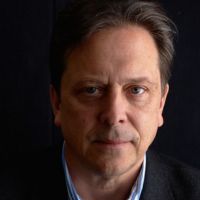
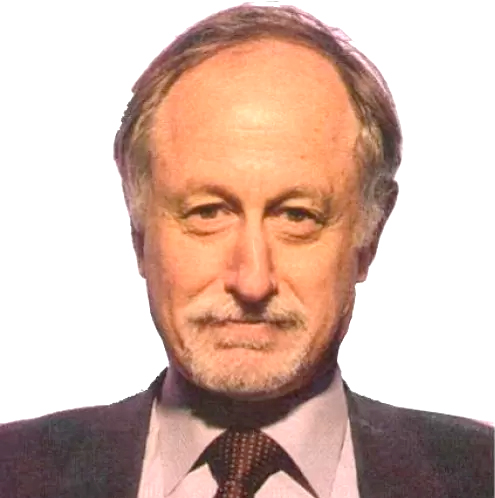
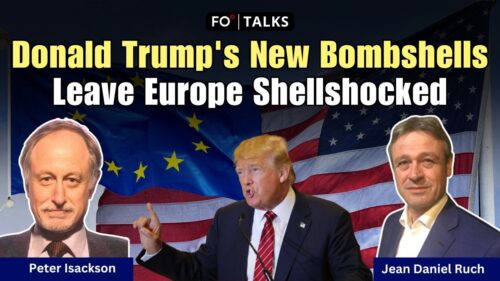
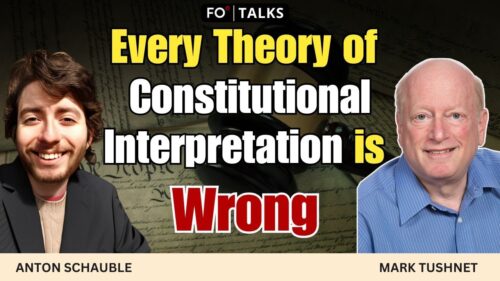
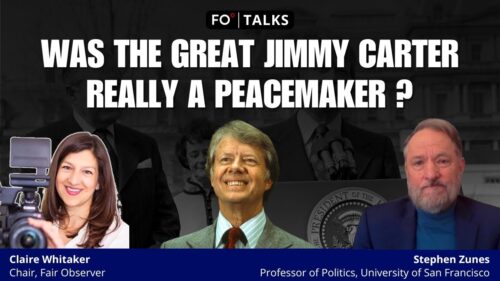
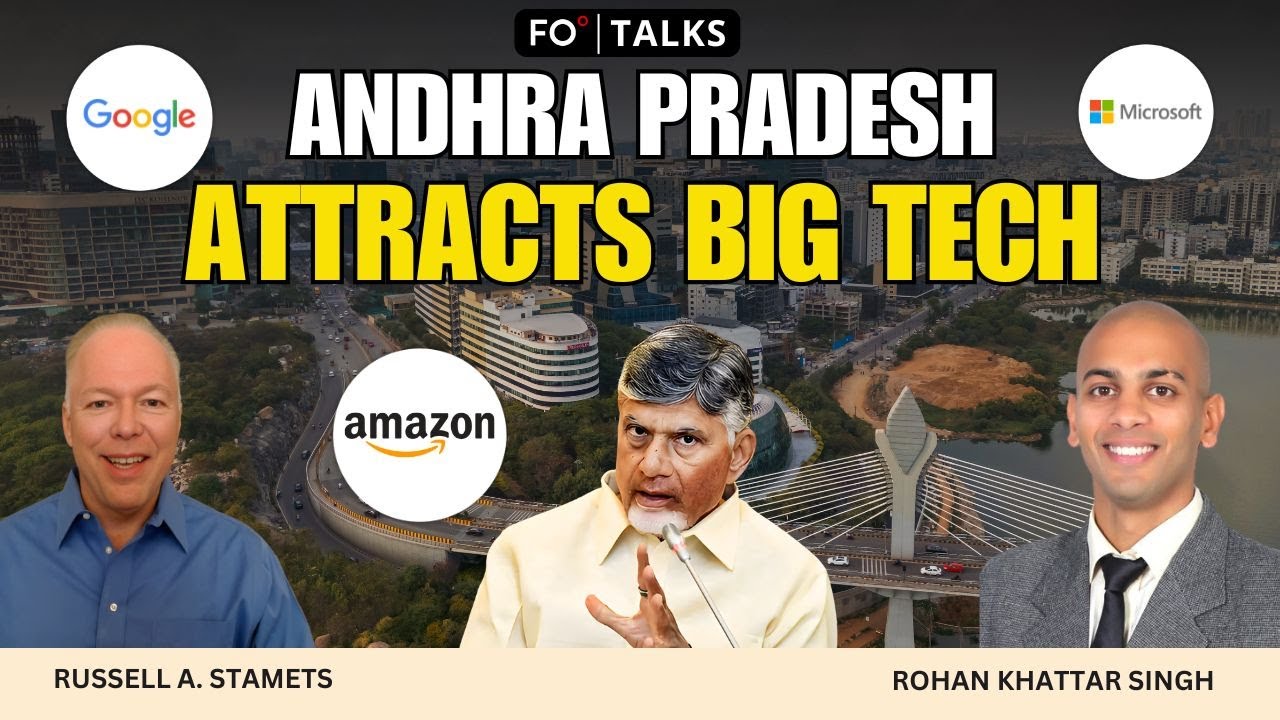
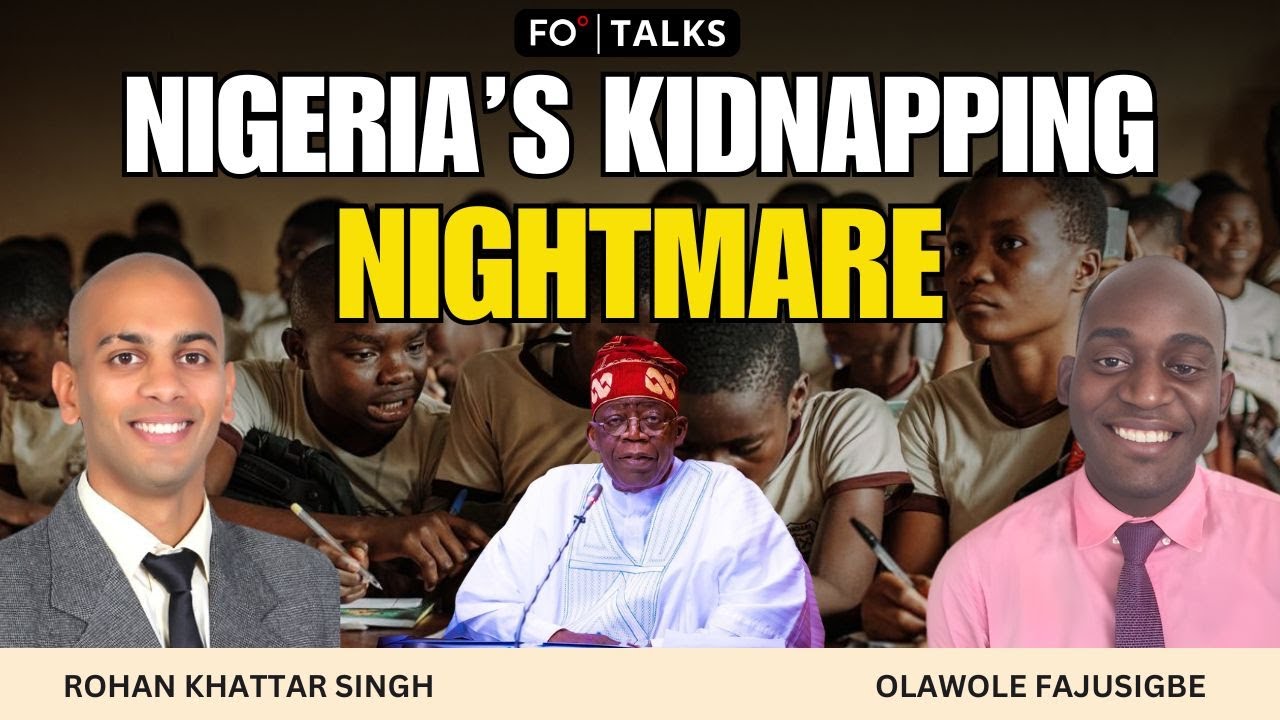
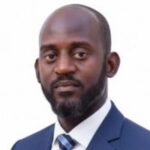
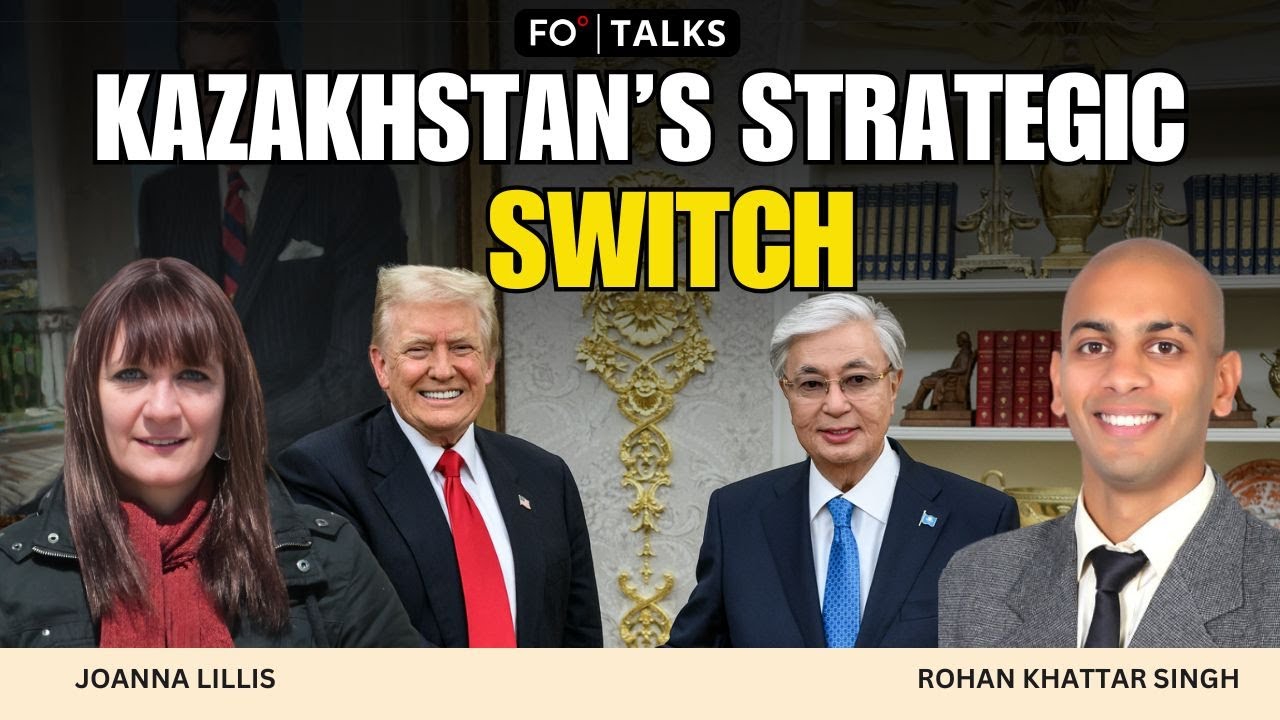







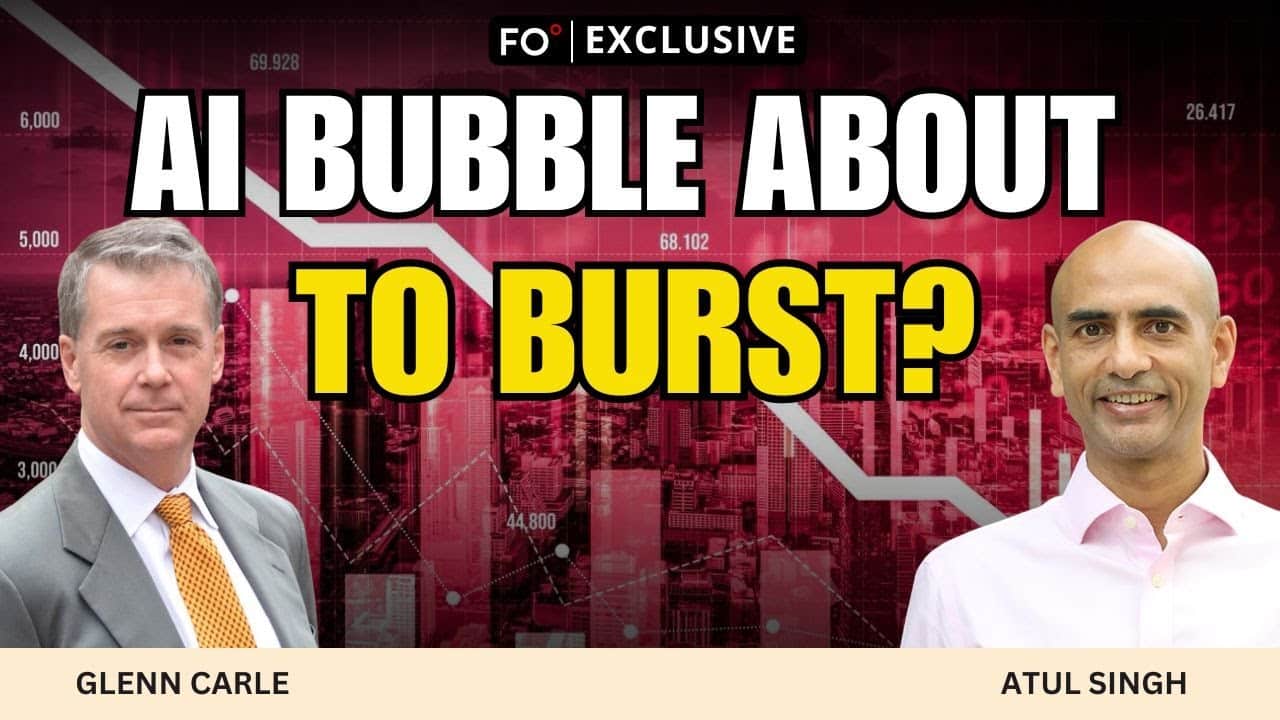
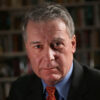


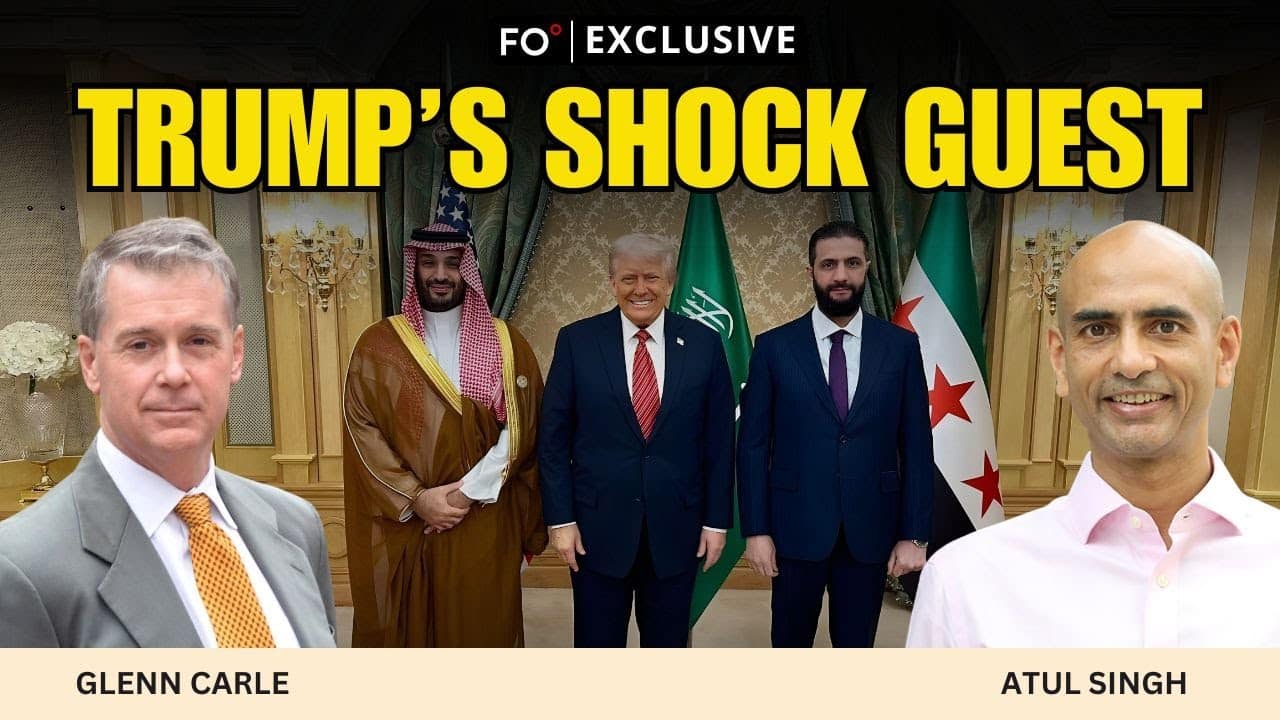
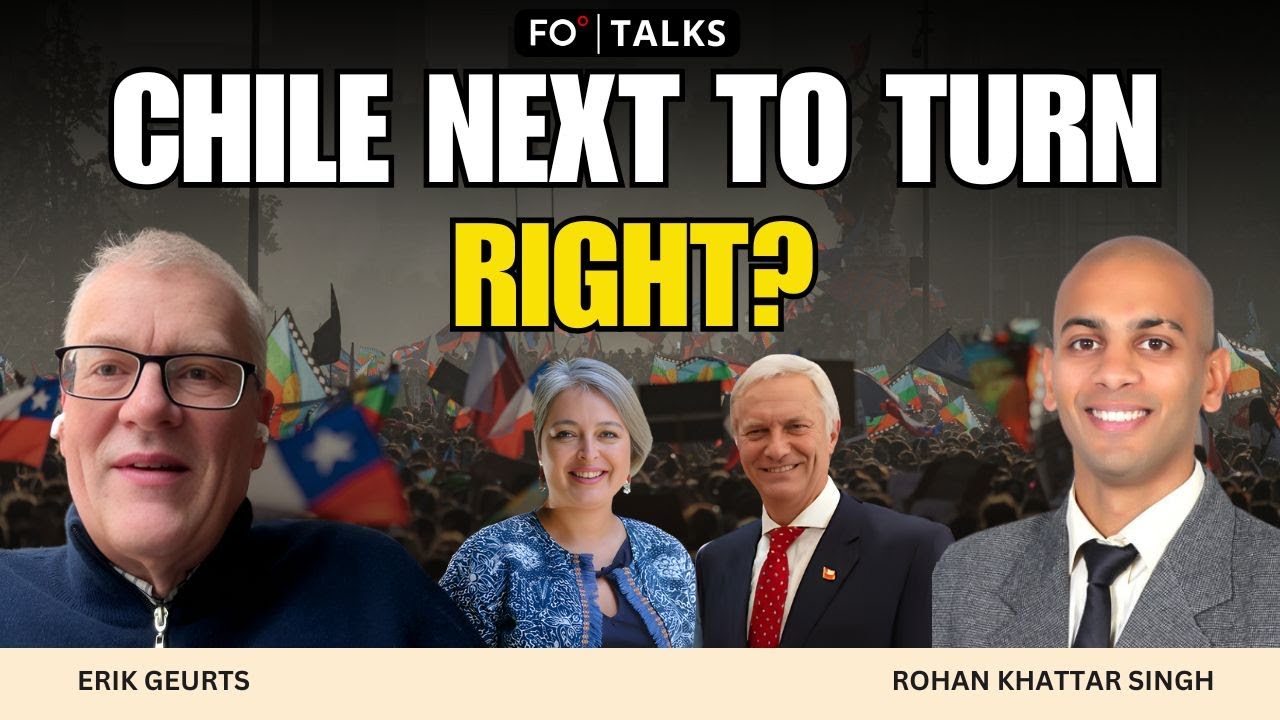










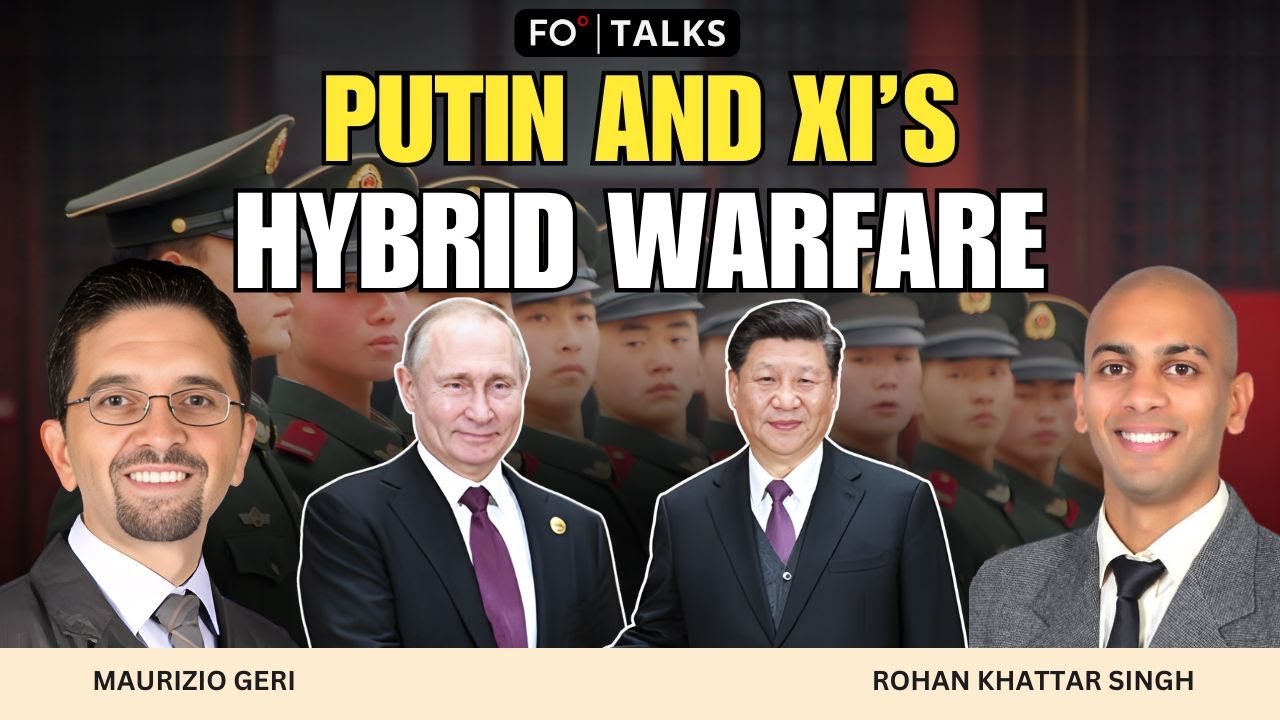




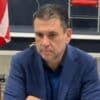

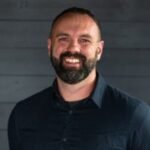

Comment